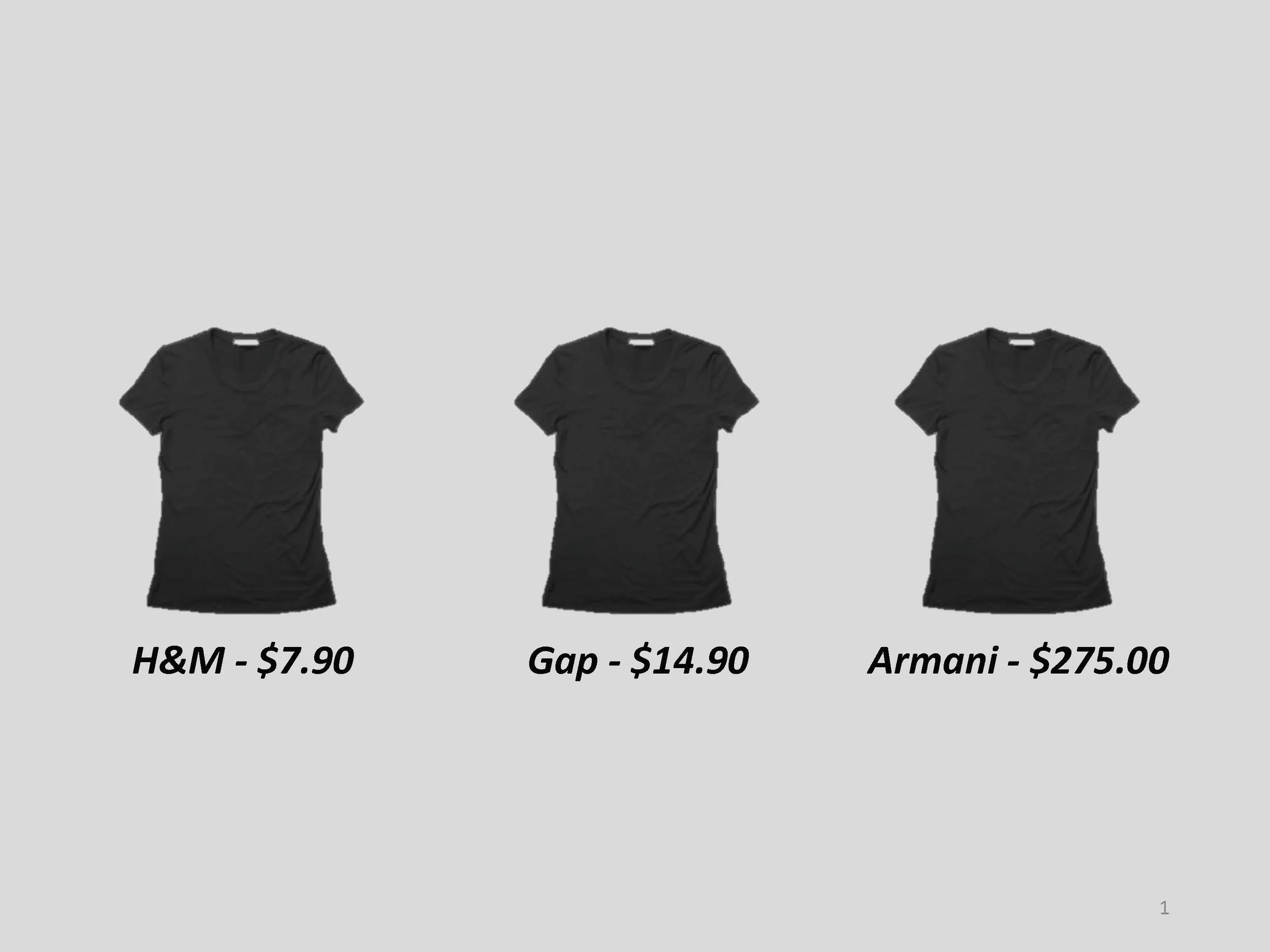Positioning: What Makes You Different and Better?
In an earlier post about marketing strategy, we suggested that there are 3 key questions startups need to answer:
Who are you talking to? That’s your Target Market.
What are you talking to them about? This is the Frame of Reference, or the product category, or the group of competitors.
Why should they choose you? This is your Point of Differentiation.
The Price is Right?
Pricing is one of the hardest decisions, for both startups and larger firms. Price too low and there’s not enough profit; you leave money on the table. Price too high and you can’t get enough customers or build traction. Add in that many people see price as an indicator of quality. For those people, pricing too low indicates that your product offering isn’t valuable. What is the target market willing to pay? This question can be hard to answer.
Writing a Book is Like Starting a Venture? No Way.
Never Setting Sail: A Nod To The Companies That Have Not Yet Started
In the book, The Titanic Effect: Successfully Navigating the Uncertainties that Sink Most Startups, there are numerous analogies drawn and lessons learned from the wreck of the RMS Titanic and how hidden debt can be accumulated through a series of early (and often seemingly simple) business decisions. After years of being in and near the startup world, many of these lessons resonate with me on both an intellectual and emotional level.
In my 20s, I would write business plans with overflowing optimism and believed on a visceral level that entrepreneurship and “founder status” was in my future…
Taking the Plunge -- When to Hire the First Employee
Starting a company can be awesome, especially in the ideation phase—when everything is blue sky and possibility, and nobody has to worry about making payroll. But no founder or even founding team can be successful going it alone. Eventually you have to hire others to help you get the job done and move from a fantastic idea to a real company. So when do you know you are ready for that first hire?
Our Origin Story
Like every superhero (#Glass and thanks @StanLee @Marvel), every startup has an origin story. We shared a few pieces in our first blog post, Click to Send - which documented the moment of truth when we actually committed to being done writing so that @MorganJames could begin the publishing process. With the final book on its way, we thought it might be opportune timing to share our own origin story with the genesis of The Titanic Effect idea.
But first, an update on our journey -- last week we received (and signed) our first set of “pre-release” printed books…
50 Ways to Validate Your Startup Idea (Okay, it’s More like 5)
We’ve said it before and we’ll say it again – a great startup founder has to be a little humble. Imagine that you see a problem and find a great solution. You get so excited. You envision a cool solution and start building a product. You figure out how much money you are going to need to get the product built and then…
How Startups can Navigate Around the Customer Value Void
In study after study, the number one reason that startups fail is that they do not offer something new that better meets customers’ needs. See the details in our previous blogpost on product/market fit. This same factor is the biggest predictor of new product failure as well. We call this the Customer Value Void– not offering something that is needed, that is a better solution than the current practice, and that is worth paying for…
Target Marketing 101 for Startups
Picking a marketing strategy is a lot harder for startups than it sounds. Why is that? Basically, it means making three inter-related decisions (that is, the answers to #2 and #3 change as #1 changes):
Who are you talking to? That’s your Target Market.
What are you talking to them about? This is the Frame of Reference, or the product category or the group of competitors to be dealt with.
Why should they choose you? This is your Point of Differentiation.
But notice, the first key decision is “Who is the target market?”







